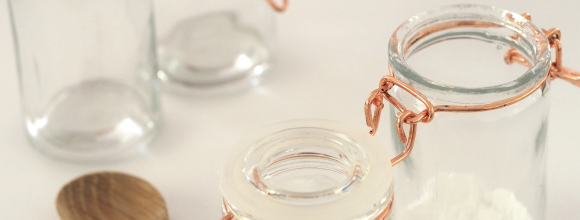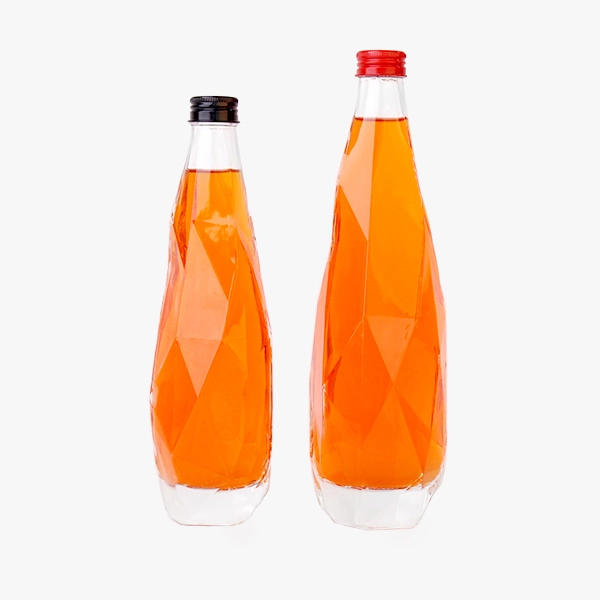The Truth Behind Wine Bottle Grooves
Wine bottle grooves have been a longstanding feature of wine packaging. This article will explore their purpose, explain why they are used, and debunk common myths. The aim is to provide a clear understanding of their function and significance.
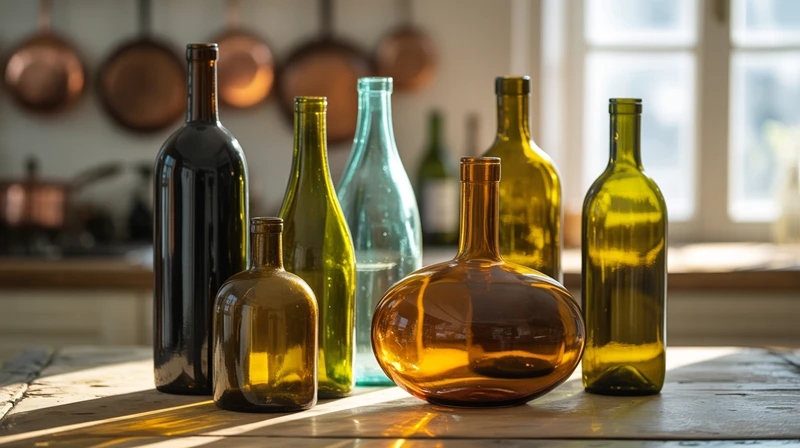
What Are Wine Bottle Grooves?
Wine bottle grooves are the small ridges or indentations found along the sides of many wine bottles. While they may appear to be purely decorative, they serve additional purposes. These grooves are a common design element in both modern and traditional wine bottles. Although some believe they exist solely for aesthetic appeal, they may also play a functional role.
The Function of Wine Bottle Grooves
One key purpose of wine bottle grooves is to improve grip. These ridges help keep fingers in place, making it easier to hold and pour the bottle without slipping.
Beyond grip, grooves also add structural support. They reinforce the bottle, reducing the risk of breakage during transport, where bottles are often bumped or jostled. This added durability is crucial in preventing damage.
In large-scale production, grooves play a functional role in manufacturing. They make bottles easier for machines to handle, improving efficiency and reducing errors during the bottling process. In high-speed production lines, even small design elements can make a difference.
Additionally, some grooves serve as a space for markings or labels, allowing manufacturers to include extra details about the wine without altering the bottle’s overall design.

Myths About Wine Bottle Grooves
There are many myths and ideas about wine bottle grooves. Here, we look at some common ones and explain the facts.
Myth 1: Grooves Improve the Taste of Wine
Some people believe that the grooves in a wine bottle have a direct effect on the taste of the wine. However, there is no scientific proof that wine bottle grooves change the flavor or quality of the wine. The taste of wine comes from the grapes, the winemaking process, and how the wine is stored. The grooves are mainly for handling and support.
Myth 2: Grooves Are Only for Decoration
Another myth is that the grooves are just added for looks. While it is true that grooves make the bottle look interesting, they also serve practical purposes. As mentioned earlier, the grooves help with grip, structural strength, and production. They are not just a design choice; they are an important part of the bottle’s function.
Myth 3: All Wine Bottles Have Grooves
Not all wine bottles have grooves. The design of a wine bottle can vary depending on the producer and the region. Some bottles are smooth and do not have any grooves. The choice to include wine bottle grooves is made by the manufacturer and can depend on the style of wine or the brand’s identity.
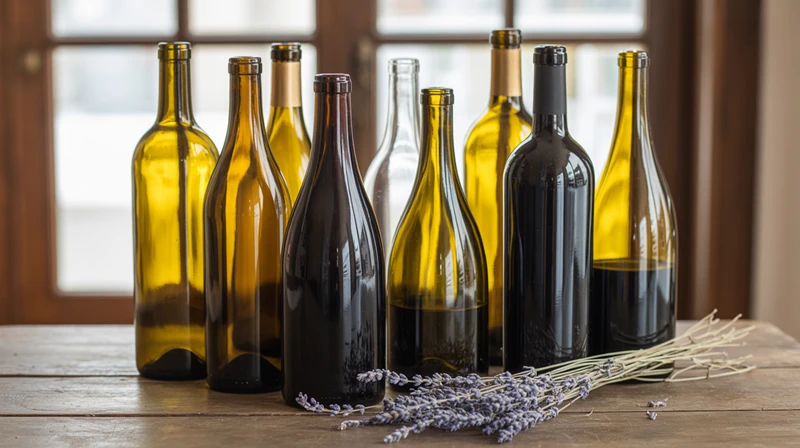
How Wine Bottle Grooves Affect Wine Quality and Storage
While the grooves themselves do not change the taste of the wine, they can play a role in how the wine is stored and handled.
Bottles with grooves can sometimes be easier to store. The grooves can allow bottles to fit together in a more stable way. This can be useful when storing large numbers of bottles in a warehouse or cellar.
As mentioned before, grooves can give a better grip. This means that when a bottle is moved, there is a lower chance of it slipping and breaking. For wine collectors or sellers, this is an important benefit.
Wine needs to be stored correctly to age well. The bottle protects the wine from air and light, which can change its taste over time. While the grooves do not affect the aging process directly, they help maintain the bottle’s structure, which in turn helps protect the wine inside.
How Are Wine Bottle Grooves Made?
Wine bottle grooves are created during the bottle-making process. Here is a simple look at how it happens:
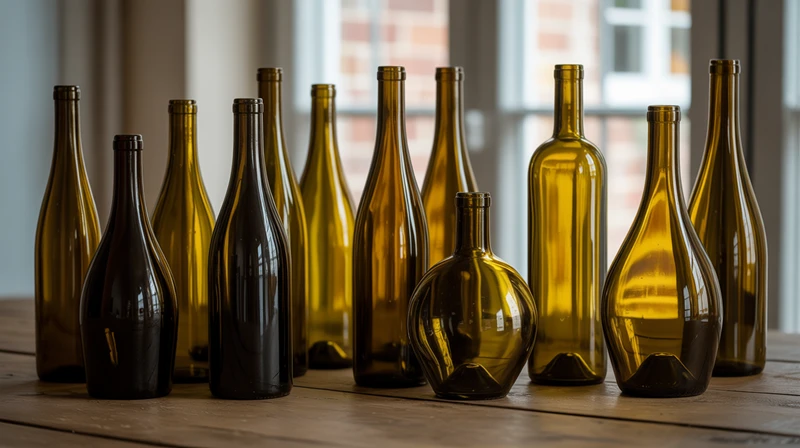
The Bottle-Making Process
- Melting the Glass: The process starts by melting sand and other materials to form glass.
- Shaping the Bottle: The hot glass is then blown into a mold that gives it its shape. This mold often has the design for the grooves built into it.
- Cooling: The bottle is cooled slowly. This step is important because it helps the bottle keep its shape.
- Inspection: After cooling, the bottles are inspected to make sure they are made correctly. Bottles with grooves are checked to ensure that the grooves are even and well-formed.
Why Use Grooved Molds?
Molds with grooves are often used because they make the process smoother. The grooves can help the glass form evenly and can even speed up the cooling process. This means that bottles are produced faster and with fewer defects.
How to Use Wine Bottle Grooves to Your Advantage
Understanding wine bottle grooves can help you in several ways if you are a wine consumer or collector.
If you need bottles that are easy to handle, look for those with good grooves. This is especially important if you often serve wine at events or parties. A good grip can make pouring easier and safer.
Many wine lovers collect bottles because of their design. Wine bottle grooves can be a sign of a brand’s long history or attention to detail. If you like the look of grooved bottles, you might want to explore brands that use this design element.
If you collect wine, you may store bottles for a long time. The grooves can help you organize your bottles. For example, you might be able to stack bottles more securely if they have a good grip. This can help you keep your collection safe and in good condition.
The Role of Wine Bottle Grooves in Marketing
Wine packaging plays a big role in marketing. The design of a wine bottle can attract customers and set the tone for the wine inside.
For many wine makers, the design of the bottle is part of their brand identity. Wine bottle grooves can be a visual cue that tells consumers about the wine’s history or quality. A classic bottle with grooves might suggest a traditional and well-made product.
How a bottle looks can influence how consumers feel about the wine. A well-designed bottle with clean, even grooves can give a good first impression. It can signal that the maker pays attention to detail, which might make a customer more likely to try the wine.
When wine bottles are placed on shelves, the design can make them stand out. Wine bottle grooves can catch the eye and make a bottle look distinct from its competitors. This can be an important factor in a crowded market.
Technical Aspects of Wine Bottle Grooves
For those interested in the technical side of wine bottle grooves, here are some details about how they are made and what they do.
In large-scale production, wine bottles are made using automated processes. The molds used in these machines have the groove design built into them. This ensures that every bottle has the same pattern and quality. Consistency is important in production, and the grooves help maintain that.
The glass used in wine bottles is designed to be strong enough for shipping and storage. The grooves can add a small amount of extra strength. They act as a reinforcement in the glass, helping to prevent breakage when bottles are moved or stacked.
Not all grooved bottles are the same. Some bottles have deep grooves, while others have shallow ones. The number and spacing of the grooves can vary as well. These design choices may depend on the type of wine or the preference of the winery. Even with these differences, the basic idea remains the same: wine bottle grooves serve practical purposes.
How to Tell if a Grooved Bottle Is Well-Made
When you are shopping for wine, you might want to know if the grooved bottle is well-made. Here are some simple tips:
Inspect the Grooves
- Evenness: Check that the grooves are even all around the bottle.
- Smooth Edges: The edges of the grooves should not be rough or jagged.
- Consistent Depth: The grooves should be of similar depth on all sides.
Check the Overall Bottle
- No Cracks: Make sure there are no cracks near or in the grooves.
- Good Seal: The bottle should have a tight seal that matches the quality of the glass.
- Clean Design: A well-made bottle will have a clean design with the grooves adding to its overall look.
Environmental Impact and Wine Bottle Grooves
In today’s world, many consumers are also interested in the environmental impact of the products they buy. Wine bottle grooves can be part of the discussion on sustainability.
Glass bottles are recyclable. The presence of grooves does not affect the recycling process. In fact, the grooves are part of the glass, so when a bottle is recycled, all of the glass is melted together. This means that the grooves have little to no negative impact on the recycling process.
The process of making glass bottles, including those with grooves, uses energy. Many modern factories are working to use energy more efficiently. While wine bottle grooves are not the main focus of these energy-saving efforts, they are part of a production process that is constantly being improved.
Good bottle design, including the use of grooves, can help reduce waste. A strong, well-made bottle is less likely to break, which means fewer bottles are thrown away. This can contribute to a more sustainable approach in the wine industry.
Comparing Grooved and Smooth Wine Bottles
It can be useful to compare bottles with grooves to those without. This can help you understand the benefits and trade-offs of each design.
Grooved Bottles
- Grip: The grooves help with holding the bottle securely.
- Strength: The grooves add a bit of structural strength.
- Design: They often have a classic look that appeals to many wine lovers.
- Production: Grooves can make the production process smoother.
Smooth Bottles
- Sleek Look: Smooth bottles can have a modern and clean appearance.
- Easier to Clean: Without grooves, there are no small spaces where dirt can hide.
- Variety: Some brands choose smooth bottles to match their modern image.
- Handling: While they might be harder to grip, they can still be made with features that help with handling.
Each type has its own set of benefits. The choice between a grooved bottle and a smooth one often depends on the brand’s style and the practical needs of the wine.
Why Choose Yanjia Packaging for Your Wine Packaging Needs
Yanjia Packaging is your reliable partner for high-quality wine packaging. With years of experience in the industry, we offer innovative solutions that combine style and practicality.
Our advanced production methods ensure that every bottle features precise and durable wine bottle grooves, providing a secure grip and added strength for safe storage and transport.
We work closely with our clients to create custom packaging that reflects your brand’s identity while meeting your unique needs. At Yanjia Packaging, quality control and customer satisfaction are our top priorities. We pride ourselves on producing packaging that protects your wine and enhances its presentation on the shelf.
Conclusion
Wine bottle grooves are more than just a design element. They serve practical purposes such as improving grip, adding strength, and aiding in production. While there are many myths about these grooves, the truth is that they do not change the taste of the wine. Instead, they help make wine bottles safer to handle and more efficient to produce.
The next time you pick up a bottle, take a moment to look at the grooves. Think about the work that went into making that bottle and the many reasons behind its design. This small detail, the wine bottle grooves, holds a story of tradition, technology, and care that goes into every bottle of wine.
Ready to upgrade your wine packaging? Contact Yanjia Packaging for a free consultation. Let us help bring your brand’s vision to life.


